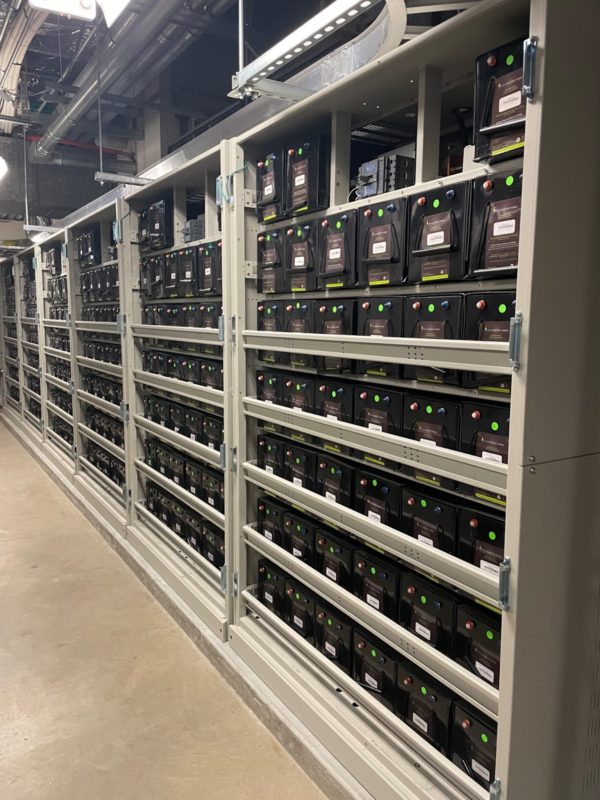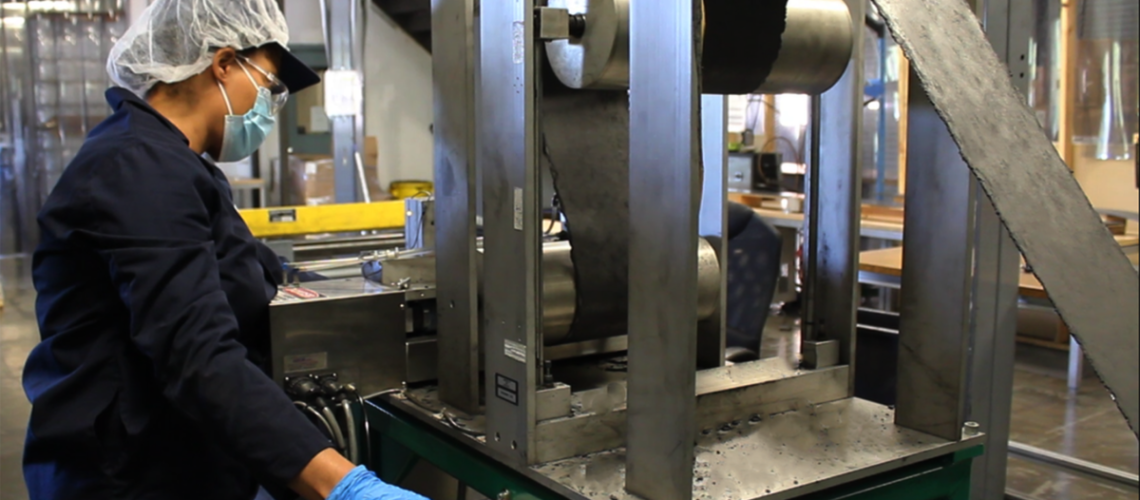Urban Electric Power, the energy storage startup utilizing a similar alkaline battery composition to that found in AA and other household batteries, announced that its solution has been installed at the San Diego Supercomputer Center (SDSC). The new solution replaces the 20,000 pounds of toxic lead-acid batteries formerly housed at the center with a safer, environmentally friendly and cost-effective alternative, and more than doubling the available battery backup electricity.

Urban Electric shares that there are 5,200 individual alkaline cells in SDSC’s initial installation, which stores 1 MWh worth of electricity and replaces an array of lead-acid batteries now being recycled. An additional 5,200 cells are on the way for Phase 2 of the installation, which is expected to be commissioned this summer at the San Diego site.
According to Urban Electric, the goal of the project was not just to update the chemistry of the battery backup system onsite, but increase the amount of energy being stored, as the growth of the center made its initial battery backup system less effective in the event of an outage.
“Our computing capacity outgrew the size of our generator and we couldn’t expand it further,” said Christine Kirkpatrick, division director of research data services at SDSC and secretary general of the International Science Council’s Committee on Data. “A big portion of our racks have only traditional lead-acid UPS coverage that in an outage would last 27 minutes. Some portion of our data center is only on street power, and goes out immediately when the grid fails. The Urban Electric Power technology is a game changer. We can now offer hours instead of minutes of power to our UPS customers, and with our next installation phase, expand battery backup to those on street power. SDSC is the world’s first enterprise application of this innovative rechargeable battery technology, and our partnership with Urban Electric Power has made our computing footprint greener.”



